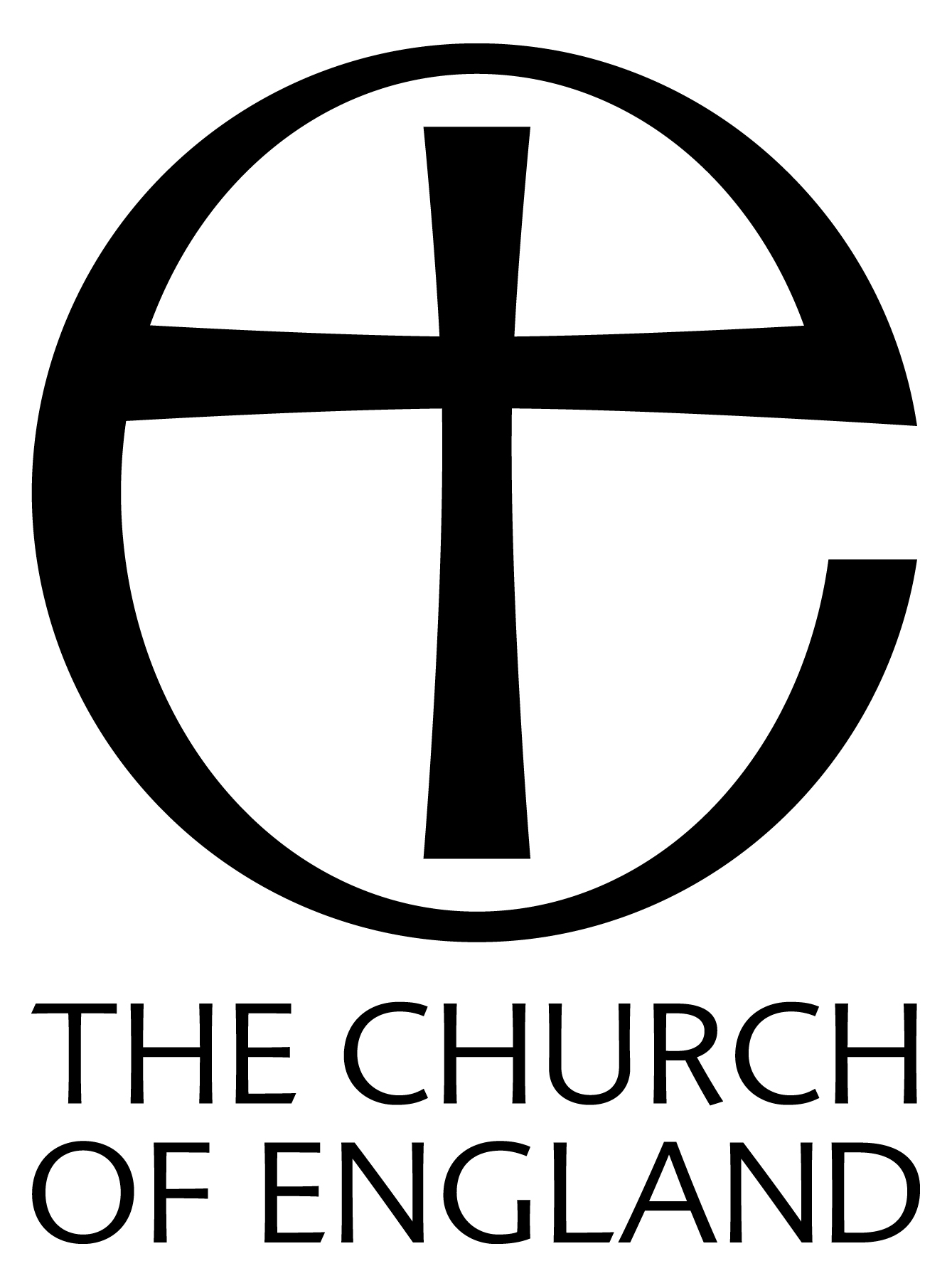Reproduced from
DRYPOOL -
Being a History of the Ancient
Parish of Drypool cum Southcoates
by M. Edward Ingram (1959)
by M. Edward Ingram (1959)
| < < < | > > > |
|
We do not know whether Drypool was one of those places where Saxon mission priests from some local monasterium or minster set up a preaching cross before they erected a church, but there is no doubt about its being a place of considerable antiquity. Twenty years after the Conquest, King William directed that a survey should be made of the wealth and resources of the country. This survey popularly called Domesday Book, tells us that there were two manors in "Sotecote and Dridpol," which in the time of the late King Edward were worth thirty shillings, no mean sum for those days. The two manors were the property of Drogo de Bevrere, who had accompanied the Conqueror, and been rewarded by a grant of lands in Holderness. His tenants Ravenchil, and Ote, elsewhere described as the Deacon, had thirteen bovates* of taxable land. The same survey also speaks of a Berewick belonging to the Archbishop of York, where in Southcoates there was" one carucate" and in Drypool "three oxgangs and soke upon five oxgangs." Like so many places north of Humber, it was all waste, not having recovered from the Harrying of the North, although that had taken place eighteen years before. According to Dr. Smith's" Place Names of East Yorkshire," Drypool means the" dried up pool," in reference to a pool which has been drained, whilst Southcoates comes from an old Scandinavian personal name, Soti ; and cote, a cottage-i.e., Soti's Cottage. There is no mention of a church in Domesday, but it is certain that one was built very soon afterwards. An engraving shows a north doorway of unmistakeable *- An oxgang and its latinised form bavate was the acreage cultivable by a plough team of 8 oxen in a year. It varied from place to place. A carucate equalled 8 oxgangs. |
The earliest picture of this church appears in an undated plan, preserved in the British Museum (Cotton MSS, Augustus I, Vol. I, fol. 80). This is of the time of Queen Elizabeth I, but Frost suggests that there is sufficient internal evidence to show that a date of c. 1350 can be ascribed to it. The plan shows a small church, with a graveyard surrounded by a battlemented wall. There is a broad nave, with minute chancel, which appears to have a door at the east end. The tower is to the south of the nave, at the west end of the south aisle. It is of three stories and is battlemented. The village, which would appear to be quite considerable, consists of at least fifteen dwellings. One of these is in building and awaits its roof. All the houses lie to the south of the church, occupying that triangular portion of the Kirkfield, part of which became the site for the Citadel. Mediaeval farming was based on the system of Open Fields, introduced by the Saxons from the Continent. Around the village la)/: the two, three or even four great fields, divided into a series of acre or half-acre strips. In these fields a primitive type of rotation was practised. Whilst one field remained fallow, the second was sown to wheat or rye, and the third to barley or oats. By this means the land was able to have a period of rest and recovery every third year. Beyond the fields lay the meadows, woodland and waste. Blashill has worked out the disposition of these fields and shows them on a map in his" Evidences Relating to the Eastern Part of the City of Kingston upon Hull." Some of his identifications are conjectural, but most are based on ample evidence. In Southcoates we find an East Field, a West Field and a Humber Field. In addition, near to the estuary were |

|
|

|
|